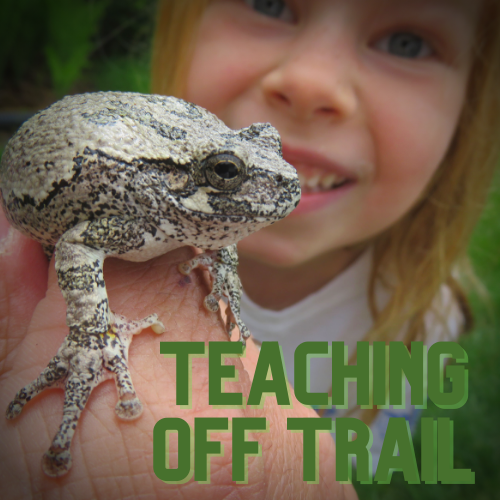Day 259
Prairies used to be a much more predominant part of our landscape. They invite a plethora of wildlife and offer an incredible amount of flora and fauna diversity. For a number of reasons, mainly associated with development,the once prominent prairies are now found in small pockets around the area. With an increasing realization supporting the need for natural landscapes, prairies are making a slow comeback with every new planting.
There's something pretty special and metaphorical about preparing and planting a prairie. Planting a prairie is unique in that it takes much longer to see the results than a more traditional garden space. First, the plants exert the majority of their energy into building a downward root system the first few years, making the land in which they are planted prone to weeds, weeds, and weeds. Most people cannot handle the weed situation and opt for a more homogenous planting instead, mainly grass. But if you are willing to wait out the weeds, the prairie plants will start moving upward once a deep root system is established.
Of course, once the prairie plants start growing and blooming, something is done that is quite unnatural.
Mow the flowers down.
This jolt the prairie plant into reproducing and helping eradicate any weeds that are still sticking around. Through this process, the shallow root systems of the weeds are overpowered and the prairie can then be left to thrive with minimal management if done appropriately.
We are in the very, very early stages of this process but it is not too late to think about what our prairie can look like. Prairies can promote incredible diversity and sustainability in that they can support a wide variety of flowers and grass that bloom at different points of the growing season. From physical characteristics like color, flower size, and height, you can enjoy a much different prairie season every time you visit.
We aim to focus on pollinator-friendly plants to support our love of bees and butterflies. This will be beneficial for our growing vegetable garden and offer a rainbow of colorful delights all summer long. Should a future bee colony be added, a plentiful prairie will be much needed.
